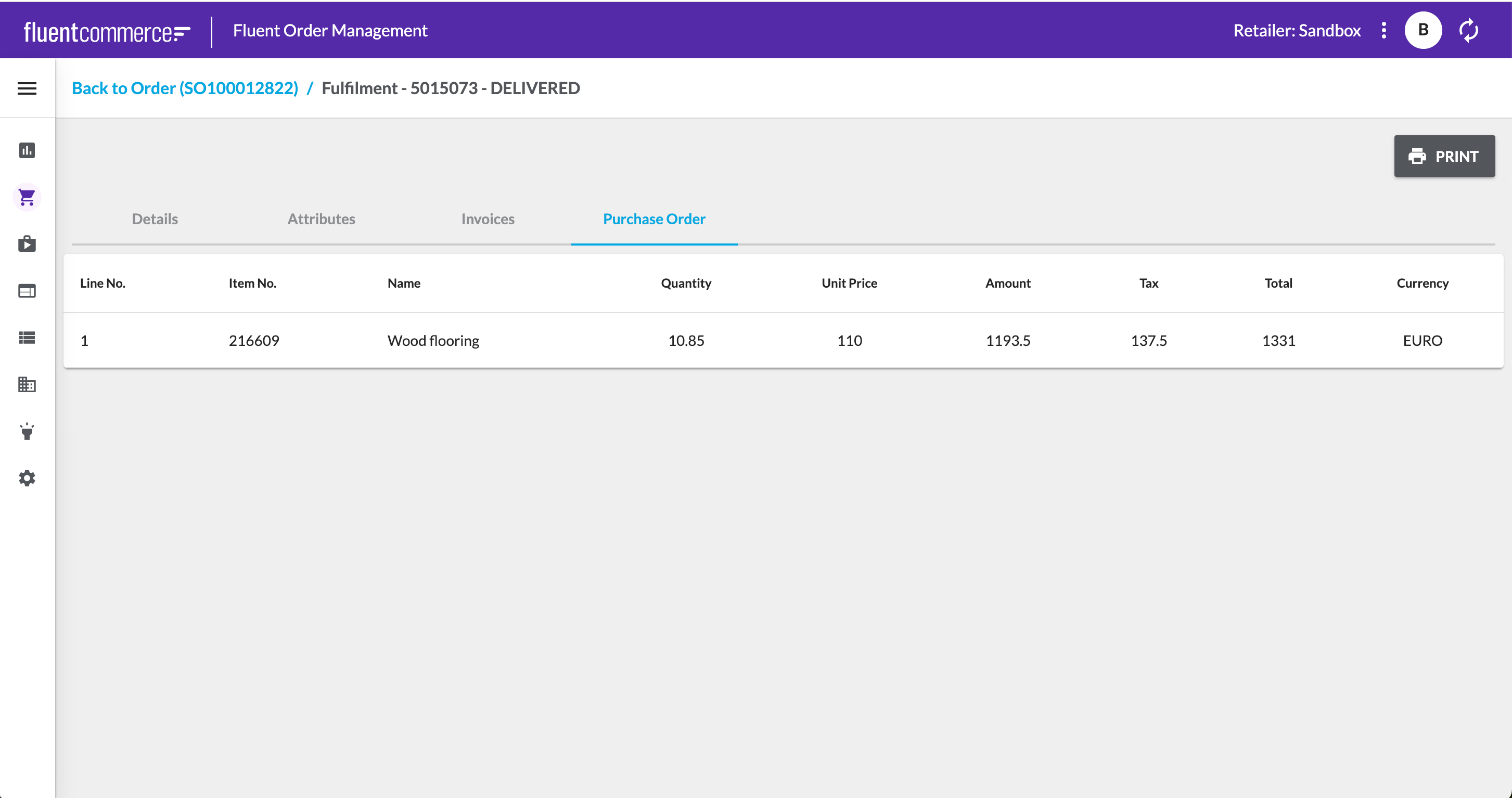Handling Drop-Ship orders via fulfillments
Author:
Findus Gezelius
Changed on:
12 Feb 2025
Problem
Retailers need an efficient way to manage drop-ship orders directly from suppliers to customers. Traditionally, this involves manually creating purchase orders for each item, which can be time-consuming and error-prone. By leveraging Fluent Commerce’s fulfillment features, the platform can automatically generate purchase orders based on location and product catalog data. This data is used to initiate the drop-ship process, ensuring accurate and timely fulfillment. Additionally, retailers can receive real-time updates from suppliers through Fluent’s integration, providing visibility into the shipment process and delivery status.
- Fluent Commerce's fulfillment feature ensures that purchase orders are created based on accurate, up-to-date data from the product catalog and inventory locations, streamlining the initiation of drop-ship orders.
- The REACT component provides a centralized interface for monitoring all aspects of the purchase order lifecycle. Retailers can view the status of each purchase order, track delivery progress, and identify any potential issues in real-time.
- By integrating with supplier systems, the Purchase Order UI displays updates on key milestones, such as order acceptance, shipment, and delivery. This ensures transparency and proactive management of drop-ship orders.
Solution

Except as otherwise stated in the Extend Knowledge Content site policy, the content on this page is licensed under the Creative Commons Attribution 4.0 Licence, and any code samples that appear on this page are licensed under the Apache 2.0 Licence, unless any code sample forms part of the Fluent Order Management Platform code. Neither of these licences apply to any content on any other page that can be reached via a link on this page unless otherwise specified on that other page. If you wish to use any of the Extend Knowledge Content, you must do so in compliance with the licenses referred to above and the Extend Knowledge Content site policy, including attribution in the manner set out on this page.

